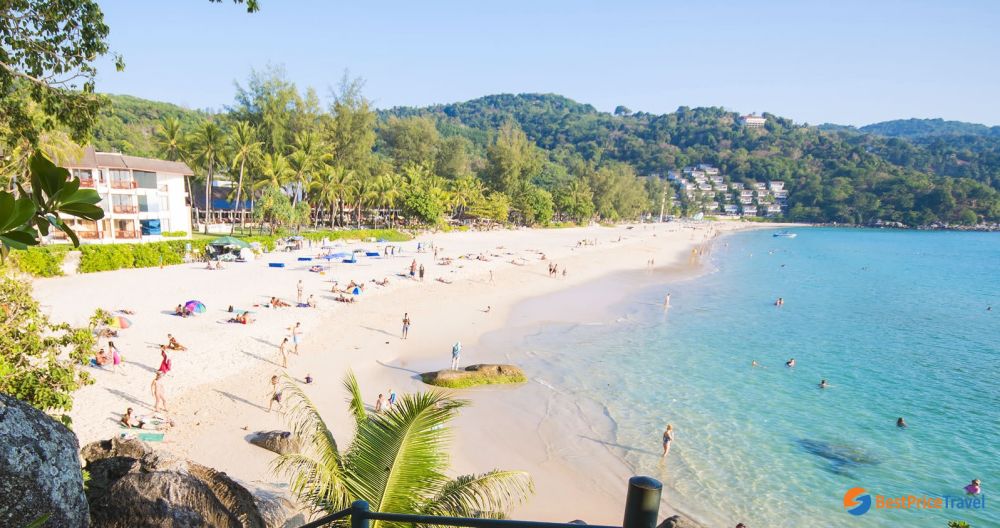

Kata Noi Beach, situated on the verdant island of Phuket, Thailand, is one of the lesser-known yet strikingly beautiful sandy retreats that has gradually claimed its spot on the tourism map. Nestled on the southwestern coast, this tranquil cove is surrounded by lush greenery and offers a peaceful alternative to its larger neighboring cousin, Kata Beach.
The history of tourism at Kata Noi Beach is a tale of humble beginnings. For many years, Phuket was a hidden gem known largely to adventurous backpackers and veteran travelers. The 1980s mark the period when Phuket emerged as an ‘it’ destination for the wider tourist spectrum, with Kata Noi Beach quietly accruing interest among those seeking seclusion and natural beauty.
Originally, the area around Kata Noi consisted of fishing villages and agricultural land, with tourism being an alien concept. However, the stunning vistas and clear waters of this small bay soon caught the eye of developers and tourists alike. By the late 1990s, the beach began to see the construction of a few boutique resorts and eateries, aiming to cater to a growing clientele that valued the serenity that Kata Noi provided.
As Phuket's popularity soared, there was a concerted effort from the local government and community to balance development with conservation. This ensured that Kata Noi would not suffer from over-commercialization. Building regulations were put into place that prevented the erection of high-rise hotels and maintained the beach's natural charm and tranquility.
Today, Kata Noi is known for its luxurious resorts, high-quality dining options, and a laid-back atmosphere that resonates with couples, honeymooners, and those looking to escape the hustle and bustle of larger beach destinations. The powder-fine sand and crystal-clear waters also make it popular for swimming and snorkeling, with conditions being particularly good during the dry season from November to April.
In recent years, tourist trends at Kata Noi Beach reflect a growing demand for sustainable travel options and authentic experiences. Ecotourism initiatives and opportunities to engage with local culture are sought after, with visitors preferring to stay at eco-friendly accommodation and support businesses that preserve the natural and cultural integrity of the area. Additionally, wellness tourism has gained traction, with many resorts offering spa facilities, yoga classes, and holistic health services amidst the serene backdrop of Kata Noi.
While the global pandemic momentarily slowed down the influx of international visitors to Phuket, there has been a resurgence of interest as travel restrictions have eased. Kata Noi Beach remains a top destination for those in the know, promising a slice of paradise with the charm of Thailand's world-famous hospitality.